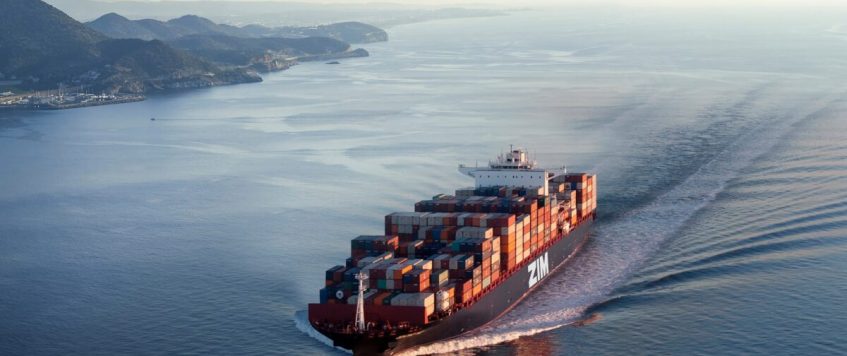-
16
Nov
Global Container Shipping Industry Faces Turbulent Times Ahead
Darkening Outlook and Challenges Ahead
The global container shipping industry is bracing for a challenging period, with Drewry’s latest container forecaster predicting a substantial industry-wide loss of $15 billion in the coming year. Simon Heaney, Drewry’s senior manager of container research, presented a gloomy forecast, expecting a significant 60% reduction in global freight rates for this year, which is anticipated to be followed by a further 33% drop in 2024. The persistent challenge for carriers will be to maintain rates above cost amidst a severe cash drain and extreme market responses.
Supply and Demand Imbalance
A critical factor contributing to the low freight rates is the stark imbalance between supply and demand. Drewry’s global supply-demand index is set to hit an all-time low, with a predicted 6.4% growth in supply overshadowing a mere 2% increase in demand next year. This imbalance is further exacerbated by the carriers’ delayed response in managing capacity. Options such as vessel demolitions, slow-steaming, delaying new vessel deliveries, and increasing idling and blank sailings might seem viable, but are considered too challenging to implement effectively.
Fleet Renewal and Environmental Regulations
Carriers are actively renewing their fleets to comply with environmental regulations, but the pace of phasing out older vessels is not sufficient. The estimated demolitions for this year stand at only 115,000 TEU, with an expected spike to 600,000 TEU next year. Despite these efforts, carriers are projected to experience a significant shift from a $20 billion EBIT profit in 2023 to a $15 billion loss in 2024, as freight rates continue their downward trajectory.
Geopolitical and ‘Black Swan’ Risks
Heaney downplayed the anticipated impact of the repeal of CBER (Competition and Consumer Protection Act) in the coming year, focusing instead on geopolitical issues and unforeseen ‘black swan’ events, such as extreme climate occurrences. The container shipping industry is not expected to see a quick recovery from decreased port throughputs, unlike in previous years.
U.S. Import Dynamics – A Case Study
In October 2023, the U.S. witnessed a significant shift in its container import dynamics, especially from Asia. Import volumes rose notably, with the Port of New York/New Jersey recording the largest increase. However, West Coast ports like Los Angeles and Long Beach saw a decline, partly due to the diversion of shipments to other coasts. This shift in port market shares reflects broader changes in global trade networks.
Environmental Factors and Global Impact
The Panama Canal faced a severe drought, leading to reduced crossings and increased shipping costs. This environmental challenge contributed to global shipping delays and rate hikes, highlighting the vulnerability of global trade to environmental factors.
Conclusion
The container shipping industry is navigating through a period of significant challenges and changes. The imbalance between supply and demand, coupled with environmental regulations and geopolitical risks, paints a complex picture for the future. The U.S. import dynamics serve as a microcosm of these global shifts, underscoring the intricate and interconnected nature of the global shipping industry. As the industry moves forward, these factors will continue to shape global shipping trends and U.S. import patterns in profound ways.

